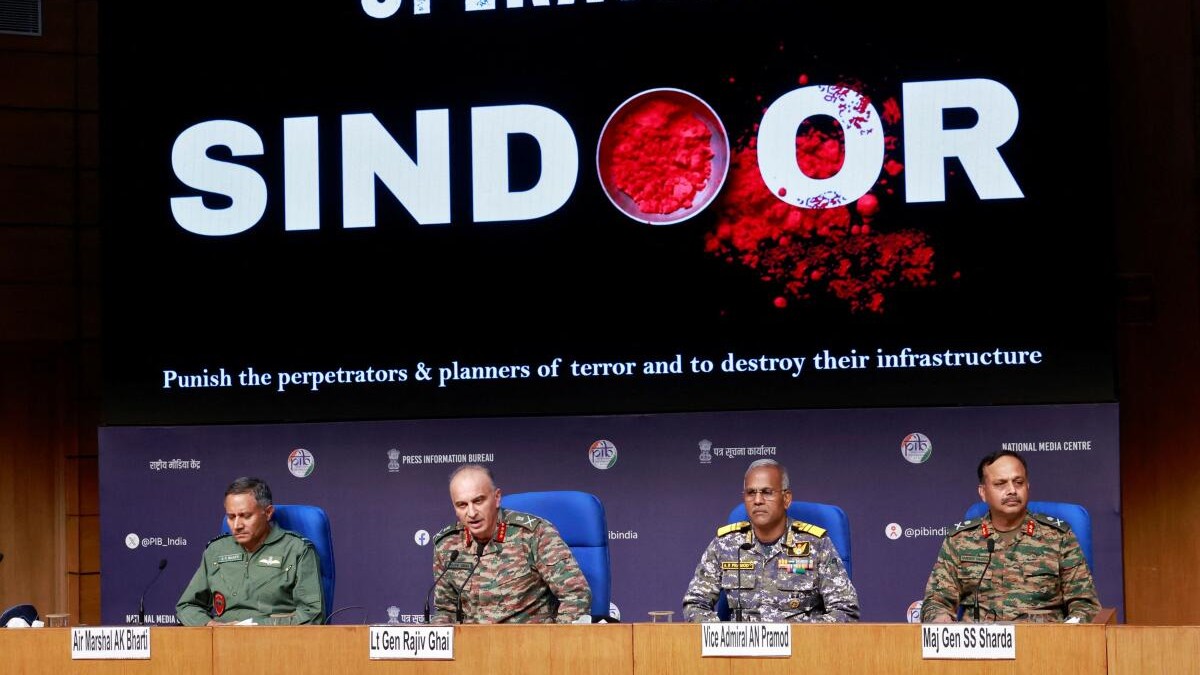Following the operational lessons from the May 2025 Operation Sindoor, India is accelerating the launch of 52 dedicated defence surveillance satellites to strengthen persistent and deep monitoring of adversary territories. The ambitious Phase 3 of the Space-Based Surveillance (SBS) programme, approved by the Prime Minister-led Cabinet Committee on Security in October last year with a budget of Rs 26,968 crore, aims to deploy these satellites by the end of 2029.
The Defence Space Agency (DSA), under the Integrated Defence Staff of the Ministry of Defence, is spearheading the project. It involves the Indian Space Research Organisation (ISRO) launching 21 satellites, while three private companies are contracted to build and launch the remaining 31 satellites. Efforts are underway to compress timelines and expedite satellite deployment into low earth orbit (LEO) and geostationary orbit.
The SBS-3 constellation will significantly expand surveillance coverage over China, Pakistan, and the Indian Ocean Region, offering shorter revisit times and higher resolution imagery. This capability will enable the armed forces to detect, track, and identify threats well before they approach Indian borders, enhancing real-time situational awareness and decision-making speed.
Parallelly, the Indian Air Force is pursuing acquisition of three high-altitude platform system (HAPS) aircraft—unmanned pseudo-satellites operating in the stratosphere for extended intelligence, surveillance, and reconnaissance (ISR) missions.
Operation Sindoor underscored the critical role of domestic satellites like Cartosat and foreign commercial satellites in tracking military movements during the intense India-Pakistan hostilities in May. Defence officials stress the need to shorten the OODA (observe, orient, decide, act) loop to maintain operational advantage.
India is also working on a comprehensive military space doctrine and satellite shield to counter emerging threats from China’s rapidly expanding military space program, which now operates over 1,000 satellites, including sophisticated ISR and anti-satellite capabilities.
Air Marshal Ashutosh Dixit, Chief of Integrated Defence Staff, recently emphasized the strategic importance of extending India’s surveillance envelope deep into adversary territory, highlighting space as the ultimate high ground in modern warfare.
This fast-tracked satellite initiative marks a significant leap in India’s defence space capabilities, ensuring enhanced vigilance and preparedness in an increasingly contested and technologically advanced security environment.













